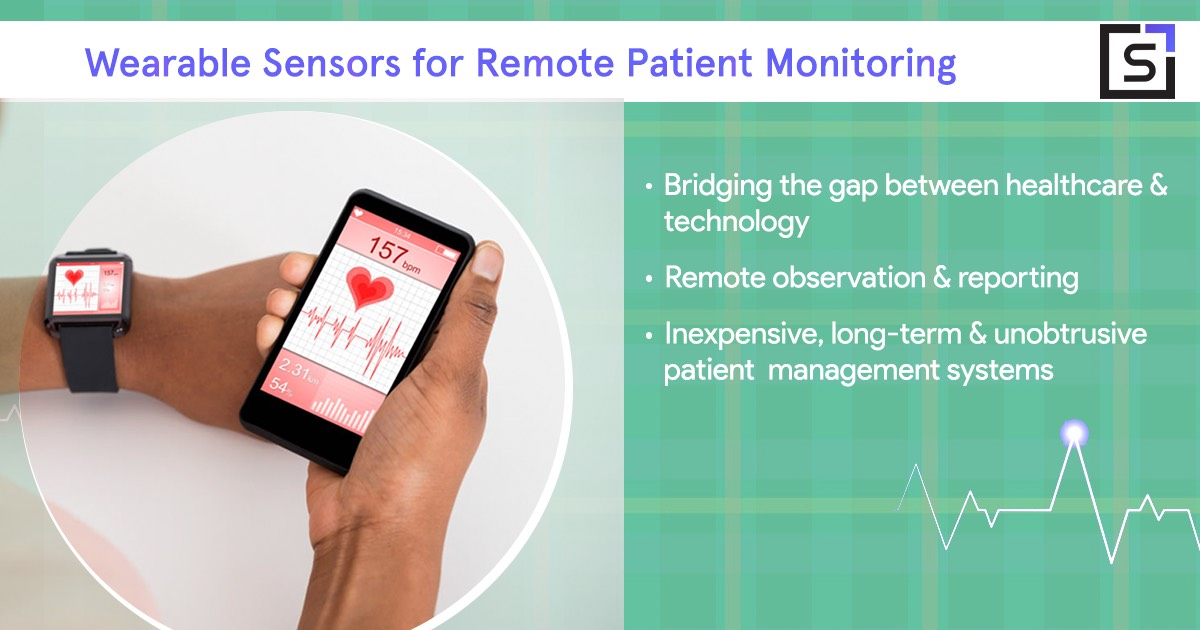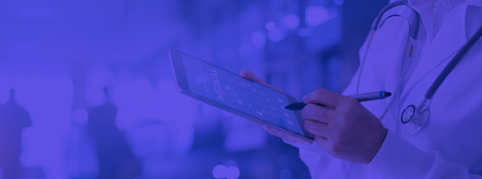Read news, articles, knowledge posts and opinions
on technology in healthcare
Remote Patient Monitoring or RPM promises better health outcomes for at risk population

Remote Patient Monitoring or RPM is a promising field that can bridge the gap between healthcare and technology. Due to changes in demographics, there has been a rise in the ageing population. According to the World Health Organisation, the population of elders above 65 will outnumber the children below five years of age in the coming years. This has sparked healthcare reforms and created demand for new ways of delivering healthcare.
Due to several external factors, giants like Google and Amazon are looking to manoeuvre into hospital management systems. With the wealth of technology and substantial R & D budgets at their fingertips, the joint healthcare venture's disruption potential is high.
Importance of RPM
During the COVID-19 pandemic, RPM is more critical than ever . It lets physicians monitor patients from a distance and keep patients with minor symptoms out of the hospital for effective utilization of beds and resources.
In this age of digital connection, RPM and connected health devices are being explored to optimize health costs due to chronic conditions.
Remote patient monitoring solutions are an ally to telemedicine technology because of their ability to observe and report. It allows physicians to keep a tab on patients with chronic illnesses.
Wearable Technology
Chief Informatics Officers and Chief Medical Officers are finding connected healthcare devices to help healthcare. From Bluetooth enabled Fitbits to wearable heart monitors, connected health devices are running the length. The wearable technology market is growing into a vast tech segment due to the developing market for smartwatches. A significant part of the wearable technology is wearable medical tech focused on diagnostics and monitoring of medical data. Initially, patient monitoring devices were used only in the hospital to monitor the patient's vital signs. However, with developments in wireless technology, it can also keep a tab on the patient's various physiological parameters such as heart rate, body temperature, blood pressure, etc.
Wearables and sensors linked with smart devices provide new ground for improved communication between patients and providers. The remote health monitoring market has provided innovative solutions for monitoring temperature and glucose levels over time. This has made wearable sensors an essential component of healthcare. The wearable technology with sensors is based on comfort, flexibility, and low power usage. Mobile cardiac telemetry is one such example. According to IDTechEx, the medical wearable market is expected to grow into a $19.7 billion market by 2024.
The Road ahead
Now more than ever, the healthcare IT leaders are looking for companies manufacturing wearables for RPM. There are about 176 of them right now, but more and more market players are taking notes.
The technology providers aim to deliver the following in the next decade:
Smart mattresses
Electronic skin patches
Smartwatches
Smart shirts
Digital pills
Connected inhalers
The advancement in compact wearables and low-cost computing paves the way for inexpensive, long-term, and unobtrusive patient management systems.
4th Floor, 3rd Eye Vision Complex,
IIM Road Ahmedabad - 380015, Gujarat.

 Download Resources
Download Resources